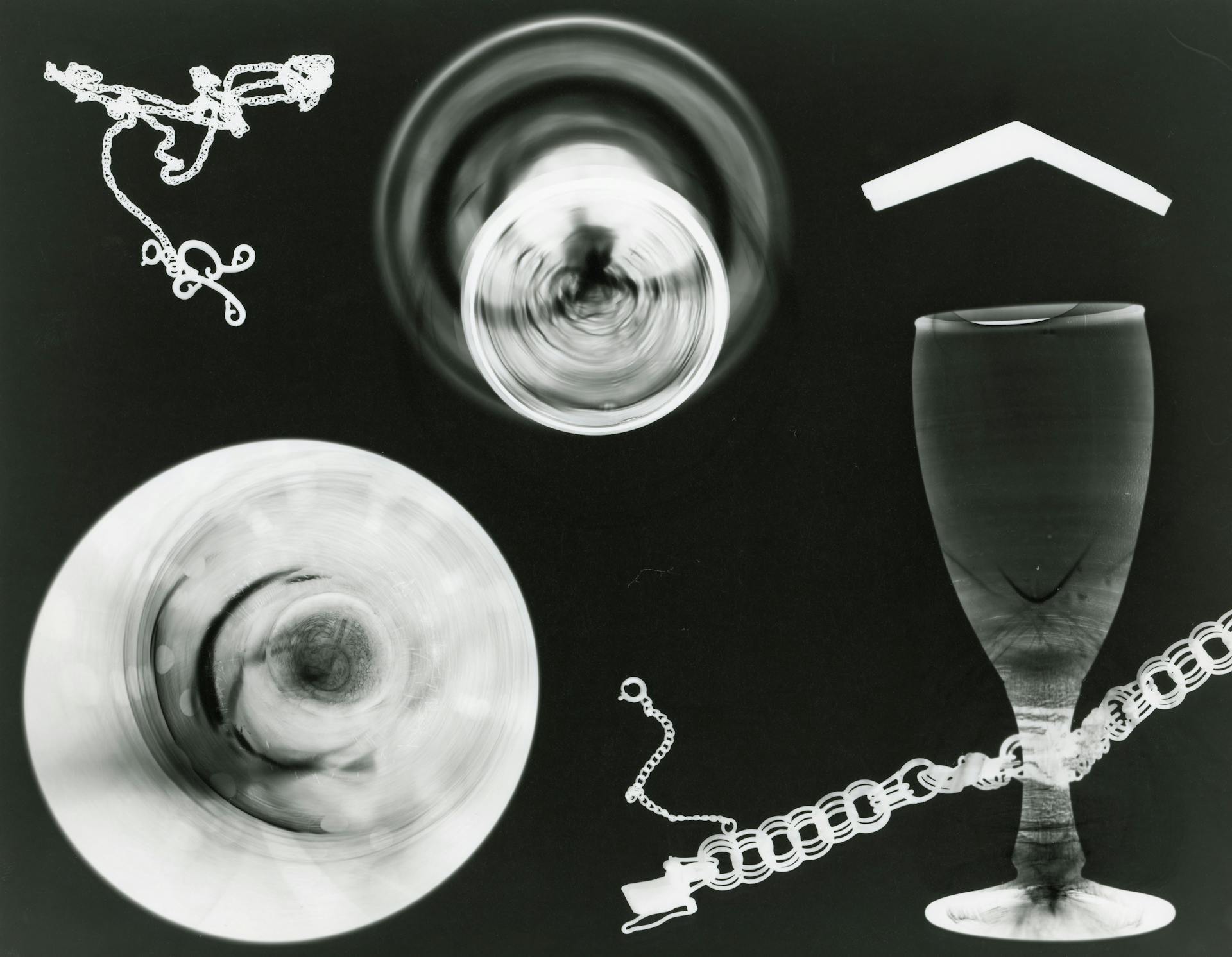
Generative Adversarial Imitation Learning is a type of machine learning that enables robots and other machines to learn from demonstrations by an expert.
This approach is particularly useful for tasks that are difficult to formalize or require a lot of trial and error, such as playing a piano or juggling.
The core idea is to have two neural networks: a generator and a discriminator. The generator creates actions or movements, while the discriminator evaluates their correctness.
The generator learns to mimic the expert's actions by trying to fool the discriminator, which in turn gets better at recognizing correct actions.
What Is Gail?
GAIL is a type of deep reinforcement learning technique that learns the optimal policy for an agent in a given environment by observing a human expert perform the task.
The goal of GAIL is to allow an agent to learn by observing a human expert, rather than through trial and error. This approach combines the ability to model the environment with that of modeling human behavior, making it a mechanism for efficient learning.
GAIL provides a way for agents to learn from human experts, which can be especially useful in complex or high-risk environments where trial and error might not be feasible.
Suggestion: Generative Ai Human Creativity and Art
How GAIL Works
GAIL is a two-player game where the discriminator tries to distinguish between the expert's and the agent's policies while the generator attempts to imitate the policy of the expert.
The generator generates a policy for the agent by taking actions in the environment, whereas the discriminator continuously tries to distinguish between the two policies.
The discriminator is trained to maximize the difference between the expert policy and the generated policy by assigning a high probability to the expert's policy and a low probability to the generated policy.
The GAIL algorithm has four main steps that make this process possible.
Here are the four main steps of the GAIL algorithm:
- Data Collection: The expert performs the task to collect data, and the agent uses it as input to generate some samples.
- Generator Optimization: The generator network is trained with the collected data to learn the structure of the expert policy.
- Discriminator Optimization: The discriminator network is optimized to differentiate between the expert and the generated policy.
- Adversarial Training: The generator and discriminator networks are trained alternately to minimize their respective objectives.
By alternating between generator and discriminator optimization, GAIL is able to effectively learn the expert policy and imitate it.
Applications and Advantages
GAIL has a wide range of applications in various domains such as autonomous vehicles, robotics, and gaming. It can be used to teach robots how to manipulate objects more efficiently, and in the gaming industry, it can teach agents to play a game more efficiently by carefully observing gameplay and learning from it.
GAIL produces policies that are more interpretable, which can help improve trust and adoption of the algorithms. This means that the learned policies are easier to understand and explain, making them more reliable and trustworthy.
GAIL can learn tasks without requiring full-functionality or feature engineering, making it a more flexible and efficient learning method.
Applications of Gail
GAIL has a wide range of applications in various domains such as autonomous vehicles, robotics, and gaming.
In the domain of autonomous vehicles, GAIL can be used to learn to achieve a desired speed while avoiding obstacles. This is especially useful in real-world scenarios where safety is a top priority.
GAIL can also be used in robotics to teach robots how to manipulate objects more efficiently. This can be seen in applications like assembly lines and warehouse management.
In the gaming industry, GAIL can teach agents to play a game more efficiently by carefully observing gameplay and learning from it. This can lead to improved gameplay and a more enjoyable experience for players.
Intriguing read: Machine Learning with Applications
Advantages of Gail

GAIL has many advantages over other machine learning techniques. One of the key benefits is that it produces policies that are more interpretable, which can help improve trust and adoption of the algorithms.
This means that with GAIL, you can understand how the decisions are being made, making it easier to work with the system. GAIL's interpretable policies are a major advantage, especially in applications where transparency is crucial.
GAIL is also able to learn from multiple experts, making the learned policy more versatile and robust. This is a significant improvement over traditional machine learning methods that often require a single expert or a lot of manual feature engineering.
This versatility and robustness make GAIL a powerful tool for a wide range of applications. By learning from multiple experts, GAIL can adapt to new situations and tasks more easily.
GAIL can learn tasks without requiring full-functionality or feature engineering, which is a significant advantage in many real-world applications. This means that you can start using GAIL right away, without having to spend a lot of time and resources on feature engineering.
Curious to learn more? Check out: Feature Learning
Challenges and Limitations
Generative adversarial imitation learning (GAIL) is a powerful tool, but it's not without its challenges.
One major challenge is the amount of data required for GAIL to work optimally. It needs a large amount of data to function well, which can be a problem in scenarios where acquiring data is difficult or expensive.
Designing a proper reward function is also a tricky task. The reward function needs to be carefully defined and fine-tuned to balance between exploration and exploitation of the environment.
Training and Expert Data
Training an imitation learning agent can be achieved through Behavior Cloning (BC), thanks to open-source tools like Generative Adversarial Imitation Learning (GAIL).
To start, you'll need to generate expert data, which can be done by training a RL algorithm in a classic setting or using human demonstrations. We recommend taking a look at the pre-training section or the stable_baselines/gail/dataset/ folder to learn more about the expected format for the dataset.
You can use a Soft Actor-Critic model to generate expert trajectories for GAIL, which returns the model's action and the next state, used in recurrent policies.
Here's a summary of the options for generating expert data:
Note that the expected format for the dataset can be found in the pre-training section or the stable_baselines/gail/dataset/ folder.
Frequently Asked Questions
What is the difference between imitation learning and RL?
Imitation learning involves copying an expert's decisions, while reinforcement learning requires exploring the environment to learn through trial and error. The key difference lies in how the agent learns, either by imitation or self-discovery.
What is the theory of imitation learning?
Imitation learning is a type of machine learning where an agent learns by mimicking expert demonstrations to understand the environment and find the best policy. It's an "apprenticeship learning" approach that helps agents learn without initial knowledge of rewards.
Sources
- https://www.linkedin.com/pulse/what-generative-adversarial-imitation-learning-aionlinecourse-plpuc
- https://imitation.readthedocs.io/en/latest/algorithms/gail.html
- https://stable-baselines.readthedocs.io/en/master/modules/gail.html
- https://par.nsf.gov/servlets/purl/10225172
- https://zcczhang.github.io/notes/Notes-for-Generative-Adversarial-Imitation-Learning(GAIL)
Featured Images: pexels.com


